
Root Rescue: Cover Roots in Seconds
Root Rescue: Why Instant Touch-Up Sprays Are a Beauty Game-Changer
A single quick spray can erase weeks of regrowth in seconds — and that’s why instant root touch-up sprays are a must-have for busy people. These sprays temporarily coat hair at the root with pigment to hide gray or contrasting color. They’re fast, portable, and perfect between salon visits.
This article shows how sprays work, how to pick the right shade and formula, and a simple step-by-step method for natural results. You’ll also learn tips for different hair types, how long coverage lasts, safe removal, and smart alternatives. Simple tools and slight practice make pro-looking results repeatable every time, very quickly indeed.
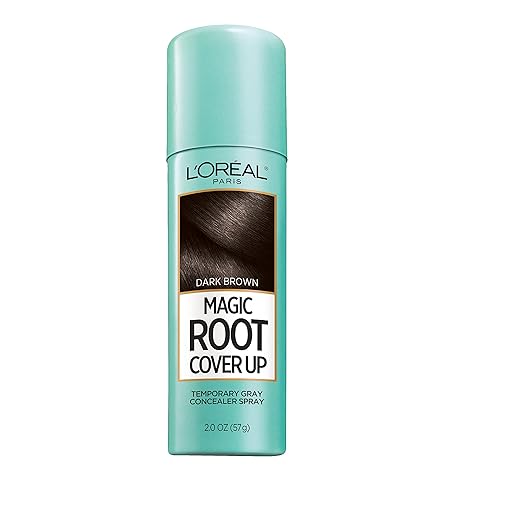
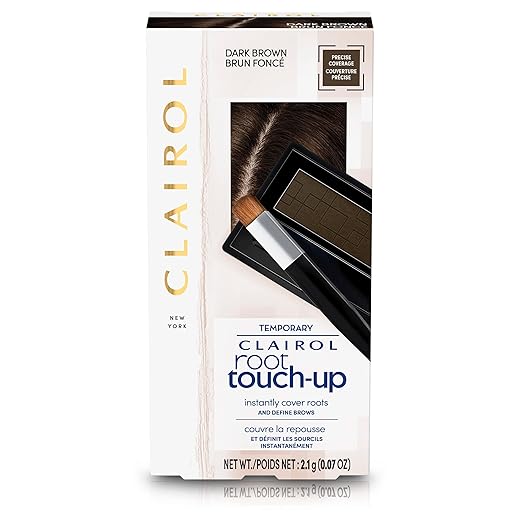
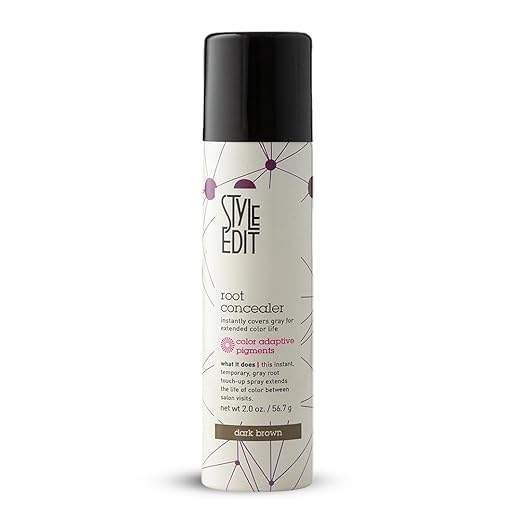
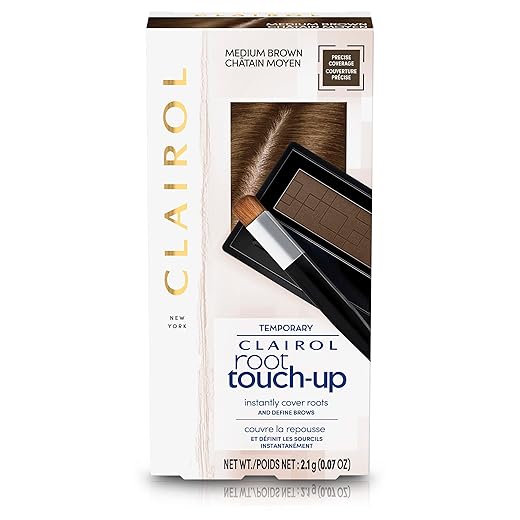
Color Wow Root Cover Up: Quick Fix for Grey Roots (Touch-Ups in Minutes)
How Instant Root Touch-Up Sprays Work: Types and Technology
The basic chemistry — pigments and film-formers
Most root sprays combine color-depositing pigments (dyes or mineral/colorant particles) with temporary film-formers that bind those pigments to the hair shaft. Pigments hide contrast; film-formers help the color cling, dry quickly, and resist light touch. Think of it as a thin, colored coat that sits on the new growth rather than changing the hair’s internal color.
Delivery systems: aerosol vs pump vs powders
Formula bases: alcohol, water, and powders
How pigments adhere and what affects longevity
Pigments physically coat the hair cuticle or embed slightly in the porous gray hair. Longevity varies: many sprays last until the next shampoo, but real-world resistance depends on sweating, brushing, rain, and formula type. Aerosols with film-formers resist brief rain and light sweat better; powders resist transfer but can dust off with vigorous rubbing.
Quick pros & cons
Next, we’ll use this tech knowledge to pick the right shade and formula for your specific hair and lifestyle.
Choosing the Right Shade and Formula: Match, Coverage, and Finish
Shade-match by undertone, base, and brightness
Match more than just “light” or “dark.” Look at the root’s undertone (warm/golden, cool/ashy, or neutral), the natural base (how dark the hair is at the scalp), and overall brightness. Practical rules:
Blending when texture or level differs
Different textures (coarse regrowth vs smooth mid-lengths) reflect light differently. Quick fixes:
Coverage levels and finishes
Decide what you need: light dusting (for soft blending) versus full opacity (for gray coverage or strong contrast). Finishes range:
Gray coverage, neutralizing vs darkening
Grays are porous and need richer pigments — choose full-coverage formulas. Neutralizing sprays use purple/blue tones to cancel warmth; darkening sprays add brown/black pigments. If your goal is to cancel brass, pick a neutralizer; to match a darker base, pick a darkening formula.
Quick practical tips
Next, we’ll turn these shade and formula choices into a foolproof, second-by-second application routine.
Step-by-Step Application for Flawless Coverage in Seconds
Quick prep (takes 10–20 seconds)
Start with completely dry hair — moisture blocks pigment. Protect skin and clothes with a tissue along the part or an old towel at the shoulders. Create a clean part and clip back surrounding hair so you only spray the regrowth line.
Spray technique: hold, distance, angle, passes
Hold the bottle 6–8 inches from roots; aim parallel to the part for even deposition. Use short 1–2 second bursts rather than a continuous spray. Make one light pass, wait 10–15 seconds, then add a second pass only if needed — two thin layers beat one heavy one.
Pat or lightly brush through with a spoolie or clean finger immediately after the final pass to blur edges and prevent streaking.
Rapid shortcuts for busy moments
Troubleshooting — quick fixes
Move smoothly from prep to blending and you’ll have natural-looking roots in under a minute.
Adapting Techniques for Different Hair Types and Styles
Fine hair: keep it airy
Fine hair shows product buildup quickly. Hold the spray 8–10 inches away and use 1–2 very light bursts. Prefer powders or micro-mist sprays (Color Wow Root Cover Up spray or a powder stick like Clairol’s wand) to avoid flattening. After application, lift roots gently with a fingertip or a mini teasing comb to restore volume.
Thick or coarse hair: section and build
Coarse hair needs pigment and precision. Work in 1/2–1 inch sections, secure surrounding hair with duckbill clips, and apply 2–3 thin layers, letting each set for 10–15 seconds. Use a wider spray pattern or a dense concealer brush (e.g., a small foundation brush) to push pigment into the root band for fuller coverage.
Curly or textured hair: preserve the pattern
Spray sparingly and aim at the scalp/part, not directly onto curl shafts, to avoid stiffness or tack. Use a powder stick or sponge-tipped applicator for pinpoint work along the part. If curls clump after spray, fluff gently with a microfiber towel or diffuse on low to restore shape.
Short cuts vs long hair
Short hair: work with fingers and a spoolie — dab, don’t brush, to keep edges crisp. A cotton swab is perfect for hairline and temple touch-ups.Long hair: clip away large sections and work the visible part only; a long-handled mini comb speeds through root blending without disturbing length.
Part lines, hairlines, temples, and men’s beards/sideburns
Tools that save time
Next, we’ll cover how long these fixes last, how to remove them, and simple daily maintenance to keep that freshly touched-up look.
Longevity, Removal, and Daily Maintenance: What to Expect
How long will it last — and what shortens wear?
Most root touch-up sprays hold until your next shampoo — typically 1–7 days — but real-world wear depends on activity and environment. Key factors that shorten or extend wear:
A busy commuter who sweats or wears scarves will likely need faster refreshes than someone with a low‑activity week.
Quick, effective removal
If you need the color gone fast: wet hair and shampoo with a clarifying formula (e.g., Neutrogena Anti-Residue Shampoo) and lather twice; most sprays dissolve in one or two washes. For stubborn spots, massage an oil-based cleanser or simple oils (coconut, olive) into the root band before shampooing — oil helps lift pigment. To remove skin stains, use an oil makeup remover, micellar water, or rubbing alcohol on a cotton pad; rinse and moisturize afterward.
For clothing, act immediately: blot (don’t rub), pre-treat with a stain remover or dish soap, then launder. Avoid hot water until the stain is gone — heat can set pigment.
Daily maintenance plan (simple, realistic)
These small habits keep touch-ups subtle and manageable as you prepare to consider product ingredients and safety next.
Safety, Ingredients, and Alternatives: Informed Choices and Quick Fixes
Safety first: allergens, solvents, and sensitive scalps
Instant sprays can contain fragrances, denatured alcohol, and film-forming polymers — all common irritants. If you have a sensitive scalp or recent chemical service (bleach, perm, relaxer), avoid products with strong solvents or high alcohol content that can dry or sting. Watch for listed allergens (fragrance, limonene, linalool) and skip use on broken skin. Simple rule: if it tingles beyond a brief coolness, rinse immediately and patch-test next time.
Eco and packaging considerations
Aerosol propellants vary: hydrocarbons (butane/isobutane) are common and efficient, while pump sprays avoid propellants altogether and are often easier to recycle. Look for aluminum cans with clear recycling labels, minimal mixed-material caps, or refillable formats if sustainability matters to you.
Alternatives for emergencies — speed, finish, longevity
A taxi-to-office anecdote: a friend used a powder compact for a 5-minute root rescue before a meeting — perfect for photos, gone by the next wash.
What to carry and how to test
Pack a compact emergency kit: small powder or pencil, travel mascara-style touch-up, oil-remover wipes, cotton swabs, and a mini clarifying shampoo. Before first use, do a 48-hour patch test on the inner forearm and a discreet strand/root test to check color match, transfer, and irritation. After testing, you’ll know whether the product is safe, wearable, and photo-ready — then you’re set to move into final routine choices.
Fast, Natural, and Practical: Making Root Touch-Ups Part of Your Routine
Instant root touch-up sprays are a fast, reliable way to hide regrowth between appointments when you pick the right shade and technique. With minimal effort you can create natural-looking coverage, control shine, and preserve style. Practice on a hidden section, follow application tips, and choose formulas matched to your hair type for the best results.
Keep a kit for touch-ups—spray, comb, cotton swabs—and store it in your bag for emergencies. Be mindful of ingredients and removal methods, and rotate products if irritation appears. Try combinations from this guide to find what works for you, and enjoy confidence-boosting roots that let you extend salon time without sacrificing a polished look.

Hello! I’m Ava Wilson, a passionate advocate for healthy, beautiful hair. With years of experience in the hairstyling industry and a deep-rooted love for all things hair, I’ve made it my mission to share valuable insights and expert tips on nurturing and styling locks.

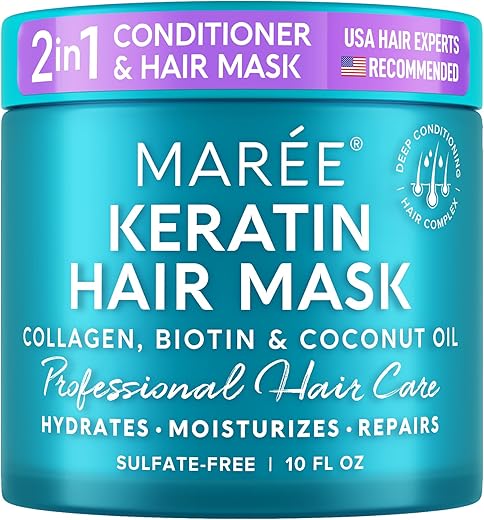
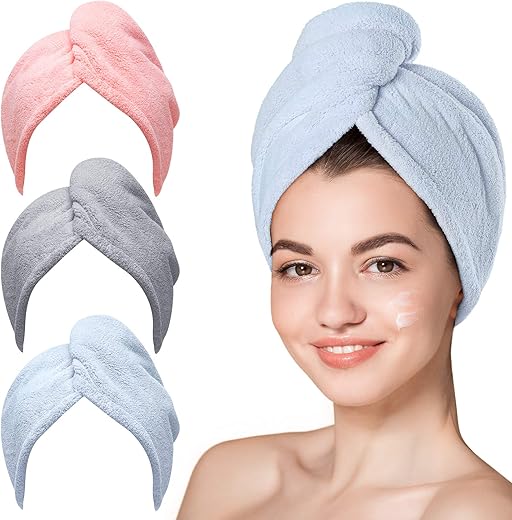
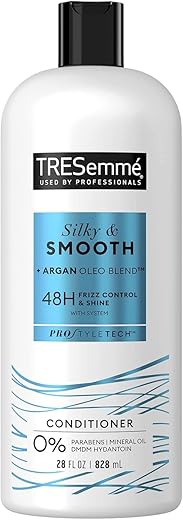
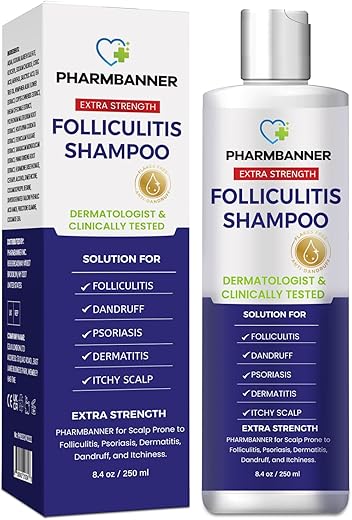

Tried the Clairol Medium Brown and ended up looking like I had a new hairline — in a good way. 😂
Also, for the love of all that’s holy, don’t spray while wearing a white shirt. Lesson learned.
Haha, wardrobe caution noted! Always best to drape a towel or wear darker clothes when spraying.
Been there. I now spray into a folded paper towel first to check the spray pattern.
I wish the article had a little more on color matching for highlights vs all-over color. My hair has warm and cool tones and it’s tricky.
I ended up buying the Clairol medium brown and it sorta blended but sometimes looks ashy next to my warmer strands. Suggestions?
Good point — for multi-tonal hair, consider mixing two powders (a warm and a cool) or using a spray that has slight sheen to mimic dimensional color. Also test under different lighting before committing.
Could try a dab of warm-toned mascara for really small patches — weird but works for me!
Haha I’ll try the mascara trick for the pieces near my face, thanks.
Small gripe: the article didn’t compare price per use. Some of these sprays run out fast and feel expensive if you use daily.
Anyone tracked how long a can/powder bottle lasts with regular touch-ups?
I use powder twice a week for 6 months before it gets low. Sprays for me last about 2 months with weekly use.
Thanks — that’s helpful for budgeting. I might switch to powder for cost-saving.
You’re right, we didn’t include a cost-per-use comparison. Rough estimate: with light weekly use, sprays can last 3-4 months; powders often last longer depending on how much you apply.
Quick question: how do these sprays hold up in rain? I live in Seattle so ‘waterproof’ is basically my #1 requirement.
Article mentioned longevity but didn’t say much about weather resistance. Anyone tested outdoors?
Good point — most temporary sprays resist light moisture but are not waterproof. They can run with heavy rain or sweat. For rainy climates, powders or water-resistant formulas (check label) are better.
I’ve been using Style Edit and it survived a drizzle fine, but I would not rely on it in a downpour. Carry a travel-size powder just in case.
Article was solid. Liked the breakdown of powders vs sprays.
I use Clairol Root Touch-Up concealing powder (dark brown) when I need a super-targeted fix on part-lines. It feels less messy than spraying in small spaces.
Agree — powder saved me at a wedding once when I had a surprise gray peeking on the bun. Instant save.
Glad that section helped! Powders are great for precision — also handy for touch-ups on updos where spray overspray would be annoying.
Okay, tried the L’Oreal Magic Root Cover-Up last week and honestly — mind blown.
It covers gray roots in like 3 seconds and doesn’t make my dark hair look like it’s dipped in paint.
Only caveat: spray too close and you’ll get little specs on your forehead (lol).
Pro tip: hold a tissue against the hairline while spraying.
Would love to hear if anyone’s tried the Style Edit spray vs L’Oreal for staying power?
I switched to Style Edit a month ago and it lasts through a gym session for me. L’Oreal felt a tad shinier, which I didn’t love.
Ooh thanks — gonna try the tissue trick. I always end up with forehead specs 😂
Thanks for sharing, Karen — great tip about the tissue! Style Edit is usually a bit more matte and slightly better for oily hair, but L’Oreal wins for quick, even coverage in my experience.
Not trying to be dramatic but these root sprays are pure magic. I kept them in my car last week and saved not one but two coffee-on-collar disasters. 😂
Honestly, making them part of my routine now — quick, practical, and a bit addictive.
Anyone else put a tiny dot of powder into a travel hairspray bottle? Lightweight alternative for on-the-go touchups.
Ha! They’ve saved many of us from caffeine betrayal. Glad it’s working for you.
Same. I call mine my ‘panic bottle’ lol.
Minor nitpick: the article could’ve had more tips for curly hair. It mentioned adapting techniques but I wanted a step-by-step for tight curls.
Do you apply spray before or after defining curls? It changes the texture sometimes.
Good feedback — for tight curls, we usually recommend applying touch-up products before defining curls so you avoid disrupting the curl pattern. Use light sprays and diffuse gently if needed.
I apply powder after styling, using a small brush to target roots. Keeps curls intact.
Anyone worried about transfer to pillowcases? The ‘removal’ section said some are wash-out but didn’t say about sleeping after application.
I don’t want to ruin my satin pillowcase 😬
I always put a silk scarf over my pillow after applying — overkill maybe, but no stains ever.
I’ll try the scarf trick, thanks!
Good catch — many sprays and powders set quickly and won’t transfer heavily, but if you apply a lot or don’t let it dry, transfer can happen. Sleep on an old towel the first night if you’re unsure.
Humor time: Root touch-ups are the adult version of ‘Band-Aid for your hair’. Instant confidence boost. 😂
Also the step-by-step application pics in the article were super helpful for my shaky hands.
Wait — tape trick? Share, please!
Same here. My hands are not steady and the painter’s tape trick from comments worked wonders.
Love that analogy — totally true! Glad the visuals helped.